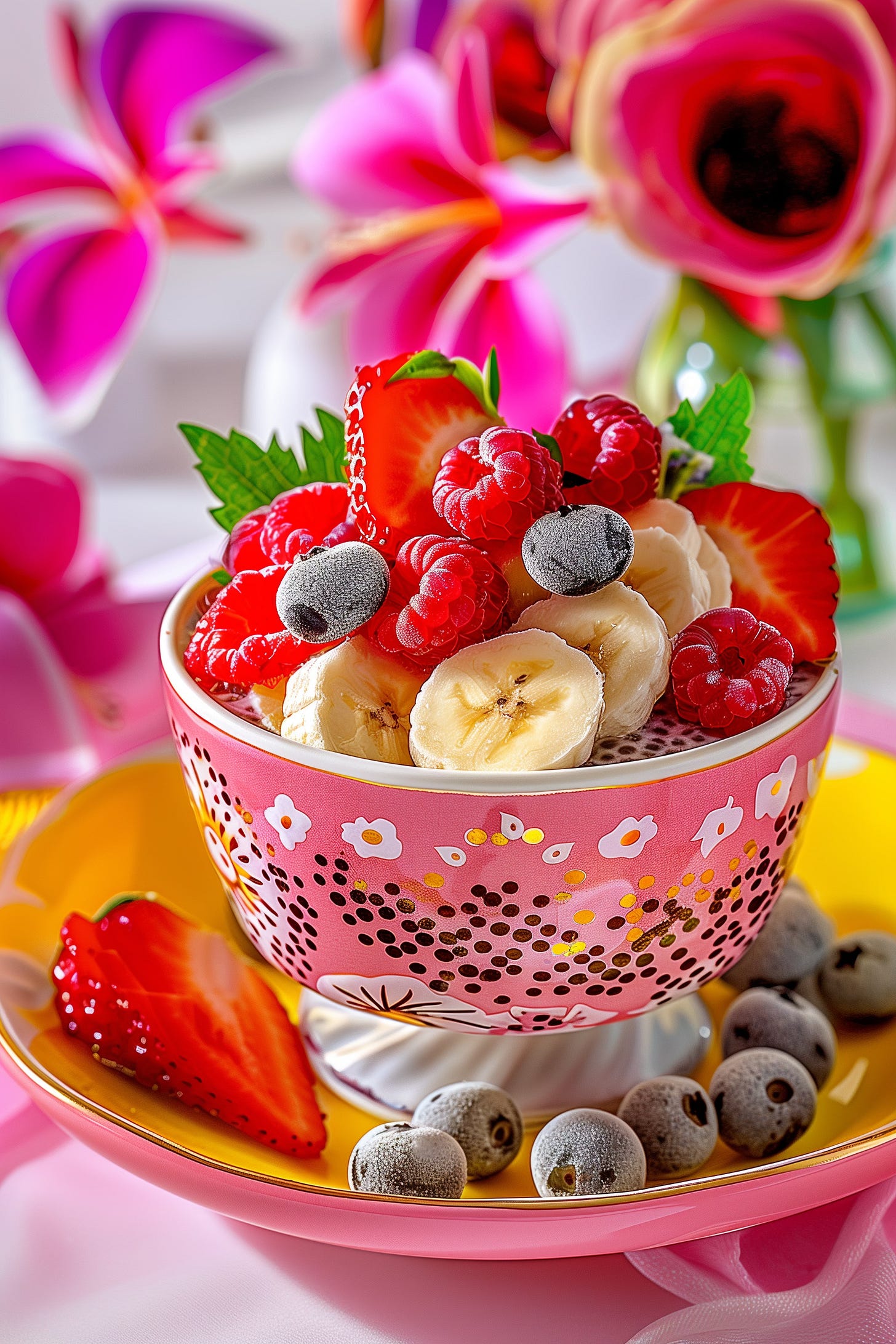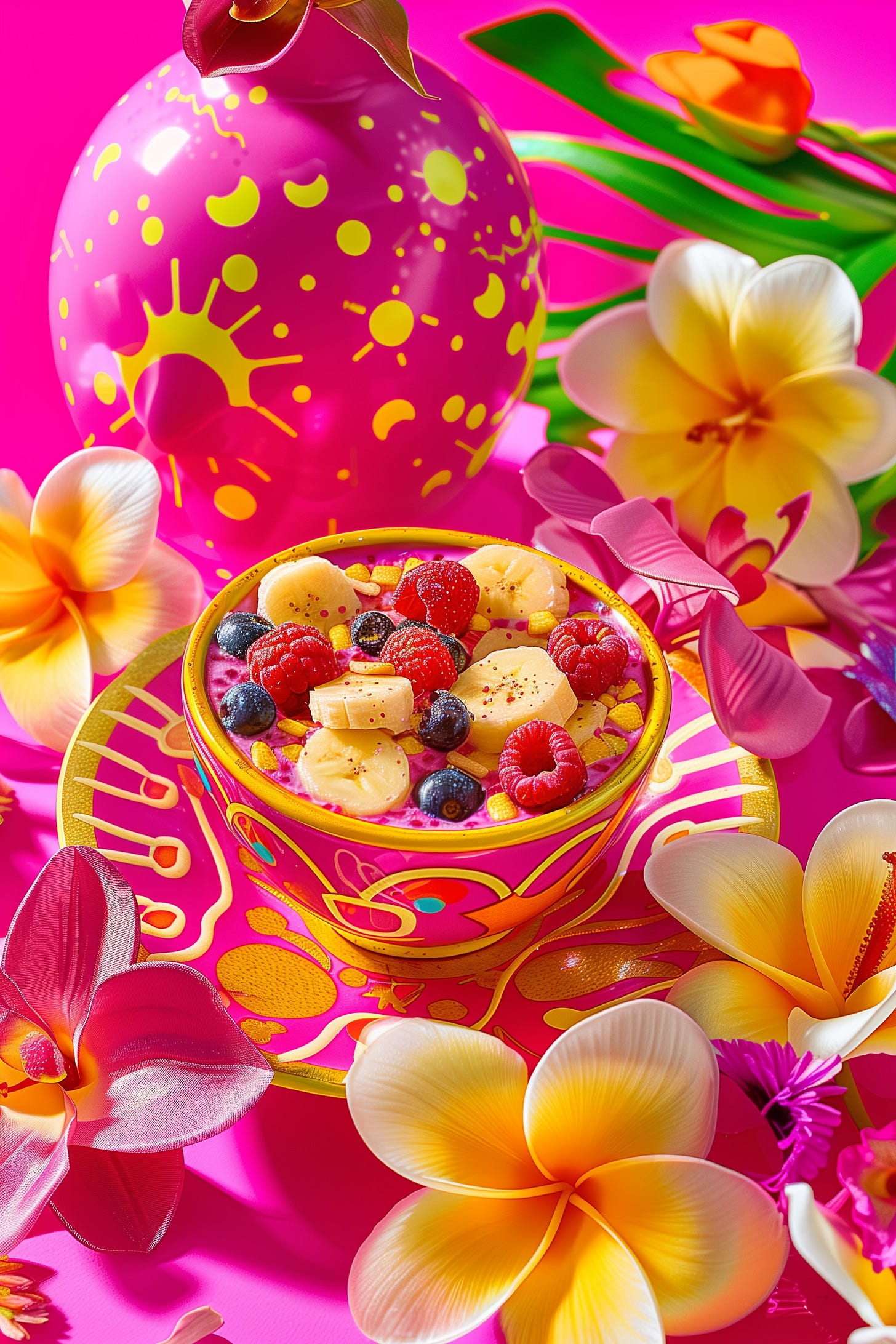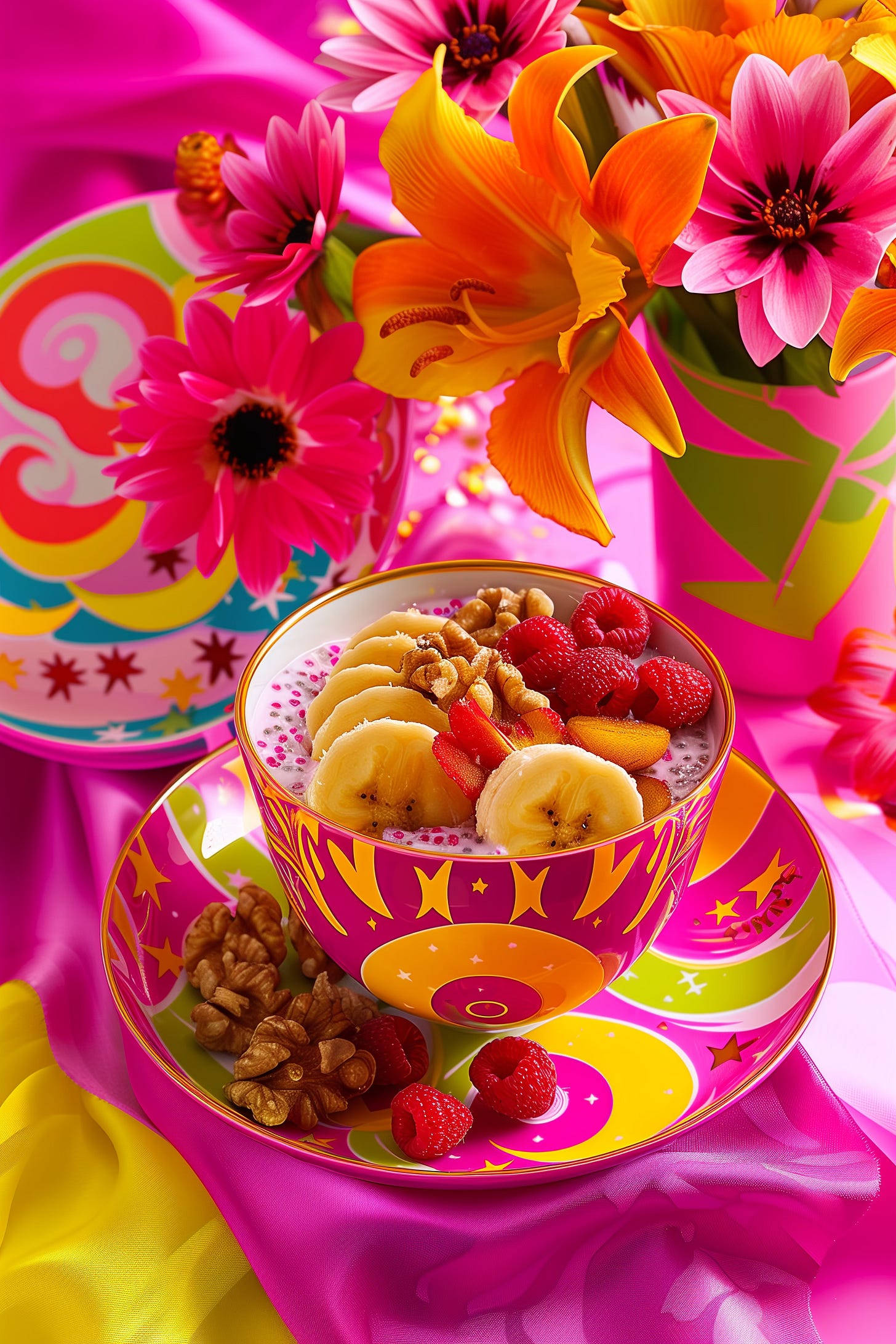Sugar is often demonized in modern diets, but it plays a vital role in our culture and biology. Understanding the different types of sugars, their health benefits, and the healthiest sweeteners can help us make informed choices about our sweet intake.
Health Benefits of Sugar
Immediate Energy Source: Sugar is a quick source of energy. Glucose, a simple sugar, is the primary fuel for our brain and muscles.
Mood Enhancement: Consuming sugar can trigger the release of serotonin, a neurotransmitter that improves mood and promotes feelings of well-being.
Glycogen Storage: Sugar helps replenish glycogen stores in muscles, aiding in recovery after intense exercise.
Cultural Significance: Sugar is integral to many cultural traditions and celebrations, symbolizing joy and togetherness.
Healthiest Sweeteners
While excessive sugar consumption is linked to various health issues, some natural and artificial sweeteners can be healthier alternatives:
Stevia: A natural sweetener derived from the leaves of the Stevia plant. It is calorie-free and does not raise blood sugar levels.
Erythritol: A sugar alcohol with a sweet taste similar to sugar but with fewer calories. It does not cause spikes in blood glucose or insulin levels.
Monk Fruit Sweetener: Extracted from monk fruit, this sweetener is natural, calorie-free, and does not affect blood sugar levels.
Xylitol: Another sugar alcohol, Xylitol has fewer calories than sugar and is beneficial for dental health.
Honey: Although it contains calories, honey offers additional health benefits such as antioxidants and antimicrobial properties.
The Vital Role of Fructose and Lactose
Fructose: Naturally found in fruits, honey, and some vegetables. It provides sweetness and energy. In moderation, fructose from whole fruits contributes to a healthy diet, offering vitamins, minerals, and fiber. Moreover, fructose plays a crucial role in the biological equation between plant and animal respiration. Plants produce fructose and other sugars through photosynthesis, a process that transforms light energy into chemical energy stored in glucose. Animals then consume these sugars, and through cellular respiration, they release the energy from glucose to build ATP, which performs the essential functions of life. The reactants of cellular respiration are the products of photosynthesis and vice versa. Together, they power the “biochemical circle of life” where the input is sunlight and the output is energy in the form of ATP. This beautifully complementary process underscores the interconnectedness of all living organisms and the importance of fructose in the ecosystem.
Lactose: The sugar found in milk and dairy products. Lactose is essential for infants and young children, providing necessary energy and aiding in the absorption of calcium and other minerals.
How Sucrose is Made
Sucrose, commonly known as table sugar, is extracted from sugarcane or sugar beet plants. The process involves:
Harvesting and crushing the sugarcane or sugar beets to extract juice.
Boiling the juice to concentrate it into a syrup.
Crystallizing the syrup by evaporating the water content.
Separating the sugar crystals from the molasses through centrifugation.
Understanding Different Types of Sugar
Brown Sugar: This is sucrose that retains some molasses, which gives it a distinct color and flavor. It comes in two types: light and dark, with dark brown sugar having a higher molasses content.
Confectioners' Sugar: Also known as powdered sugar, this is finely ground sugar mixed with a small amount of cornstarch to prevent caking. It's commonly used in icings, frostings, and for dusting baked goods.
Sugar in the Raw: Also known as turbinado sugar, this is minimally processed cane sugar that retains some of the natural molasses, giving it a light brown color and a slightly caramel-like flavor. It has larger crystals compared to regular granulated sugar.
How Molasses is Made vs. Natural Molasses
Molasses: Molasses is a byproduct of the sugar-making process from sugarcane or sugar beets. It is made through the following steps:
Extraction: Sugarcane or sugar beets are crushed to extract juice.
Boiling: The juice is boiled to concentrate it into a syrup.
Crystallization: The syrup is crystallized to extract sugar crystals.
Separation: Molasses is the thick, dark syrup left after the sugar crystals are removed.
There are different types of molasses, including light, dark, and blackstrap, depending on the number of times the syrup is boiled. Blackstrap molasses is the most concentrated and nutrient-rich, produced after the third boiling.
Natural Molasses: Often referred to as unsulfured molasses, it is made from mature sugarcane that has ripened naturally. It does not contain sulfur dioxide, a preservative used in some commercial molasses to extend shelf life and prevent mold growth. Natural molasses has a cleaner, more robust flavor compared to sulfured molasses.
Why Sugar Has a Bad Reputation
Despite its benefits, sugar has a bad reputation due to its association with various health issues when consumed in excess:
Obesity: High sugar intake contributes to weight gain and obesity.
Diabetes: Excessive sugar consumption can lead to insulin resistance and type 2 diabetes.
Dental Problems: Sugar promotes the growth of bacteria that cause tooth decay and cavities.
Heart Disease: High sugar intake is linked to an increased risk of heart disease.
Nutrient Deficiency: Consuming too much sugar can lead to poor dietary choices, resulting in nutrient deficiencies.
Optimal Sugar Intake
The World Health Organization (WHO) recommends limiting free sugar intake to less than 10% of total daily calories. For an average adult, this is about 50 grams (12 teaspoons) of sugar per day. Reducing this further to below 5% of total daily calories (25 grams or 6 teaspoons) offers additional health benefits.
To put this into perspective, 12 teaspoons of sugar (50 grams) is roughly equivalent to:
One 12-ounce can of soda: Most sodas contain about 39 grams of sugar per can.
1.5 cups of apple juice: An 8-ounce glass of apple juice contains approximately 24 grams of sugar.
Four medium-sized apples: Each medium apple has about 10-12 grams of sugar.
Healthiest Artificial Sweetener
Among artificial sweeteners, Stevia is considered one of the healthiest. It is natural, does not raise blood sugar levels, and is free from calories.
Why Some Artificial Sweeteners are Unhealthy
Not all artificial sweeteners are created equal. Some can have adverse health effects:
Aspartame: Linked to headaches, dizziness, and potential long-term neurological effects.
Saccharin: Associated with bladder cancer in animal studies, though human studies are inconclusive.
Sucralose: Can alter gut microbiota and may have negative effects on insulin sensitivity.
Acesulfame Potassium (Ace-K): Contains methylene chloride, a known carcinogen, though in very low amounts.
Cyclamate: Banned in the US due to cancer risk concerns, though it is still used in other countries.
Sugar plays a vital role in our diet and culture, but moderation is key. Choosing healthier sweeteners and understanding the benefits and risks of different types of sugar can help us enjoy the sweetness of life without compromising our health.
Including a recipe that features a healthy form of sugar can definitely go beyond simply eating fruit. Here’s a recipe idea that incorporates natural sugars from fruits, making it a nutritious and delicious option:
Mixed Berry Chia Pudding
Ingredients:
2 cups unsweetened almond milk (or any milk of your choice)
1/2 cup chia seeds
1 tablespoon honey or maple syrup (optional)
1 teaspoon vanilla extract
1 cup mixed berries (strawberries, blueberries, raspberries, blackberries)
1 banana, sliced
1/4 cup nuts or seeds (optional for added crunch)
Fresh mint leaves for garnish (optional)
Instructions:
Combine Ingredients: In a bowl, mix the almond milk, chia seeds, honey or maple syrup (if using), and vanilla extract. Stir well to combine.
Let it Set: Cover the bowl and refrigerate for at least 4 hours or overnight. The chia seeds will absorb the liquid and thicken to a pudding-like consistency.
Prepare Berries: Before serving, wash and slice the mixed berries and banana.
Assemble: Spoon the chia pudding into serving bowls or jars. Top with the mixed berries, sliced banana, and nuts or seeds if using.
Garnish and Serve: Garnish with fresh mint leaves if desired and enjoy your healthy, naturally sweetened treat.
Health Benefits:
Chia Seeds: Rich in omega-3 fatty acids, fiber, and protein.
Berries: High in antioxidants, vitamins, and natural sugars.
Banana: Provides potassium, vitamins, and natural sweetness.
Honey or Maple Syrup: Natural sweeteners with added antioxidants and minerals.
This recipe is a great way to enjoy natural sugars from fruits while benefiting from the nutrients they provide.Let's break down the approximate sugar content of each ingredient in the Mixed Berry Chia Pudding to determine the percentage of daily sugar intake per serving.
Recommended Serving:
Serving Size: 1/4 of the total recipe.
Without Honey/Maple Syrup: Provides approximately 7.25 grams of sugar, which is 14.5% of the daily recommended intake of 50 grams or 29% of the lower recommended intake of 25 grams.
With Honey/Maple Syrup: Provides approximately 11.5 grams of sugar, which is 23% of the daily recommended intake of 50 grams or 46% of the lower recommended intake of 25 grams.
For a healthier option, you can opt to skip the honey or maple syrup, relying on the natural sweetness of the fruits. This way, the dessert remains delicious while keeping the sugar intake in check.









